On This Day…May 3rd.
PT-196, an Elco 80-foot motor torpedo boat, in an experimental paint scheme in Bayonne, New Jersey, 3rd of May 1943. The design on the hull was meant to meant disrupt and deceive the eye while the paintwork on the bow deliberately draws attention to that part of the boat.
Soldiers of the UK 6th Airborne Division greeting the crew of a Russian Army T-34/85 tank near Wismar, Germany, May 3rd, 1945.
A beautifully shot photo of Ford Island and Pearl Harbor’s ‘East Loch’ anchorage. Taken on 3rd of May 1940, there are a total of 8 battleships along ‘Battleship Row’ (centre) and 2 more across the channel at the 1010 Dock. Carrier USS Yorktown (CV5) seen in the bottom left quadrant.
Cromwell tank guarding a bridge over the Elbe River in Hamburg, Germany on 3rd May, 1945.
Following their success in the Battle of Britain, RAF Fighter Command embarked on an offensive campaign on the German occupied countries across the English Channel. These sorties were called ‘circuses’ and were categorised under three codenames; ‘Rodeos’ were large groups of fighter planes who would seek out specific targets near known aircraft bases and denude the Luftwaffe’s resources, and ‘Rhubarbs’ were small wings of low level fighters just looking for opportunist targets. ‘Ramrod’ sorties were small numbers of medium bombers who’d attack specific targets to act as bait for the Luftwaffe, who in turn would be attacked by the escorting large fighter wings.
On the 3rd May, 1943, the RAF sent up ‘Ramrod 16’ (the sixteenth Ramrod sortie) with the target of a destroying a power station near Amsterdam. The mission would end in utter disaster.
Twelve Lockheed Venturas from 487 (New Zealand) Squadron took off in two tight box formations of six each. Top cover was provided by two squadrons of Spitfire Mk IXs, while close support consisted of three squadrons of Spitfires Mk Vs.
From the start Ramrod 16 was doomed. One of the Venturas in the lead flight developed a mechanical problem with its escape hatch door and had to return to base. More immediately, the two squadrons of Mk IXs left for the target too early and burned through their limited fuel while also alerting the Germans to the approaching raid.
Unable to connect with the bombers, the Spitfires were recalled to base. The jaws of fate then closed firmly around Ramrod 16 when, just as they reached the Dutch coastline, the close support Spitfires lost position and fell behind, with one of the three squadrons of Mk Vs losing contact altogether.
The coup-de-grace in this scenario was that the Reichskommissar of the Netherlands, Arthur Seyss-Inquart, was visiting Haarlem, and attending his flight was a group of battle hardened Luftwaffe escorts. In addition, a Luftwaffe conference was being held that same day at the Schiphol airfield near Amsterdam, meaning a great number of experienced and ace Luftwaffe fighter pilots were in the exact area of the raid.
Fw 190s from 11/JG1 attacked the Spitfire escorts while Bf 109s of 2./JG27 hunted the bombers. The Spitfires were overwhelmed and the Venturas were routed. Of the eleven aircraft that made it to the target area, only one made it back to base, and that Ventura was a complete ruin that had to be condemned.
The lead bomber, piloted by Squadron Leader Leonard Trent, was cut to shreds after releasing their bombs and trying to escape. Trent and his navigator, Vivian Phillips, were thrown clear of the wreckage as it spiralled to the ground, the only two crewmen who survived the raid.
Leonard Trent was eventually imprisoned at Stalag Luft III in Sagan, Germany, and was one of 76 escapees that broke from the camp in what became known as ‘The Great Escape’. In fact, Trent was the last man out of the tunnel, and decided to surrender to the guards rather than run when he was picked out in the camp’s searchlights.
Possibly for this reason, was passed over when the Gestapo selected 50 recaptured escapees to be murdered. Trent spent the remainder of the war in another prison camp where he was liberated 2 May 1945.
Grumman Martlet on the deck of HMS Formidable on 3rd May, 1942 in the Seychelles In the background are HMS Warspite and HMS Alaunia.
US tanks and soldiers along the Dachauerstrasse, Munich, 3rd May 1945.
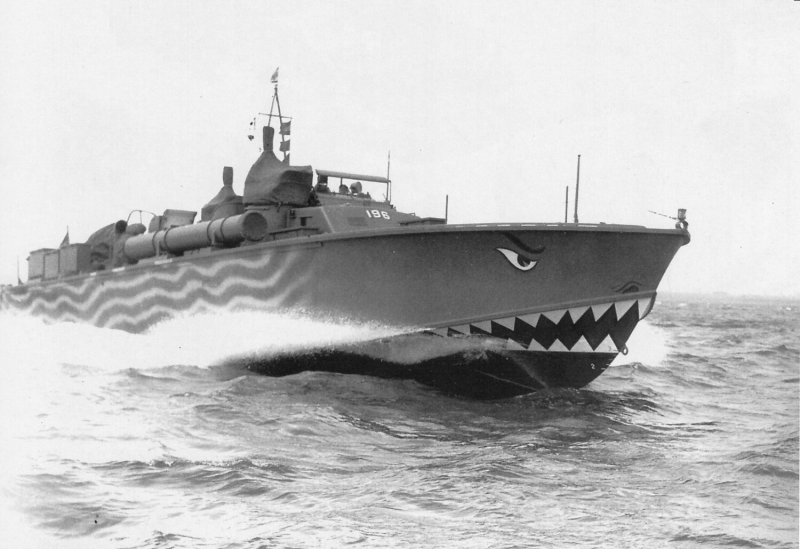
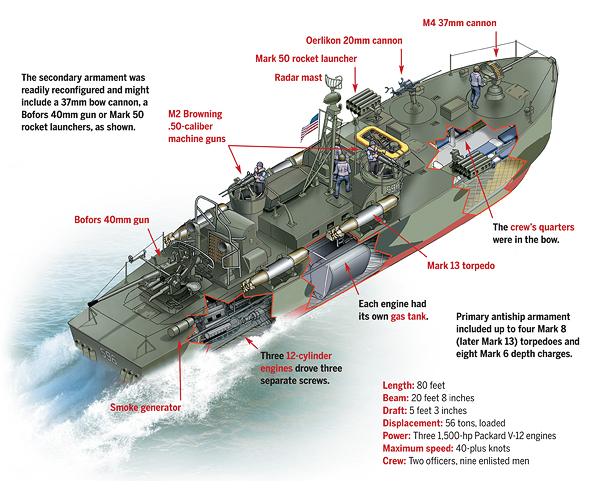
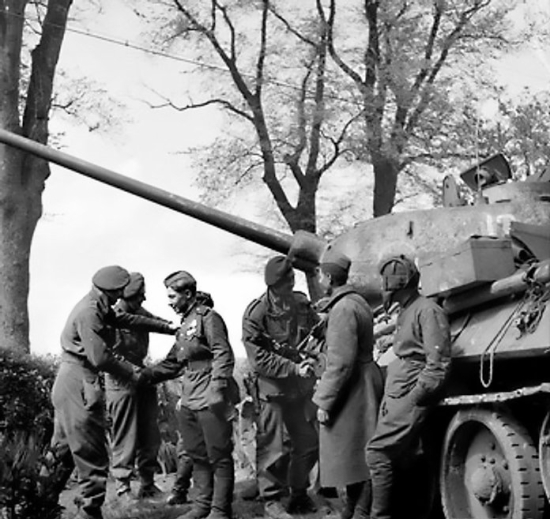
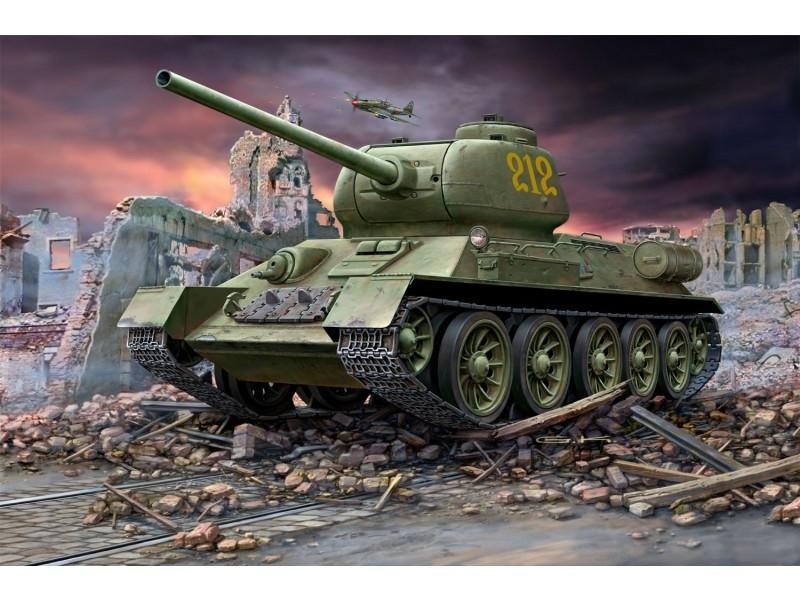
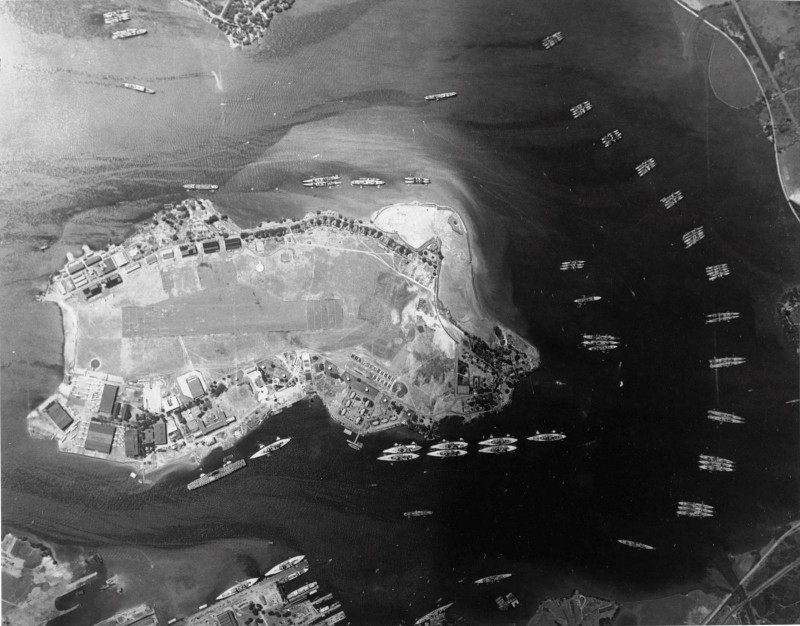
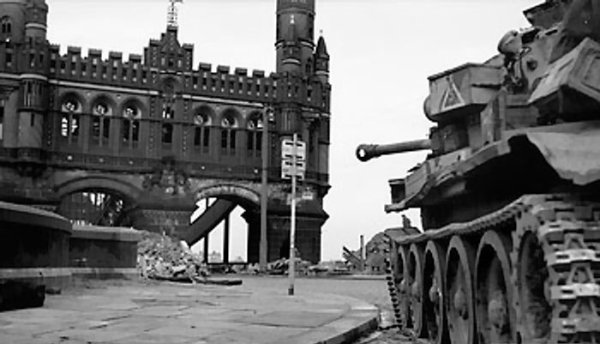
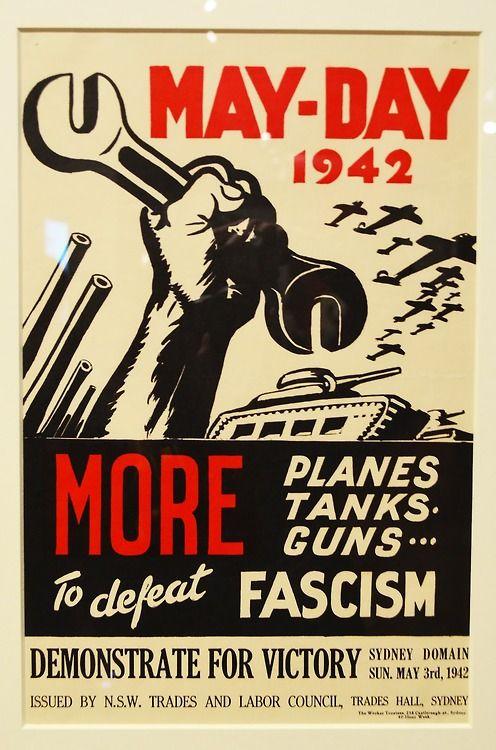
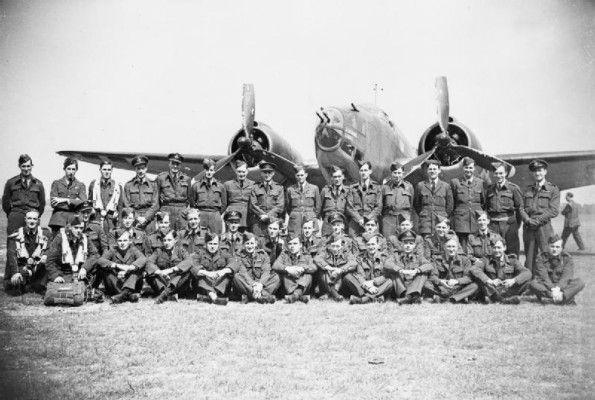
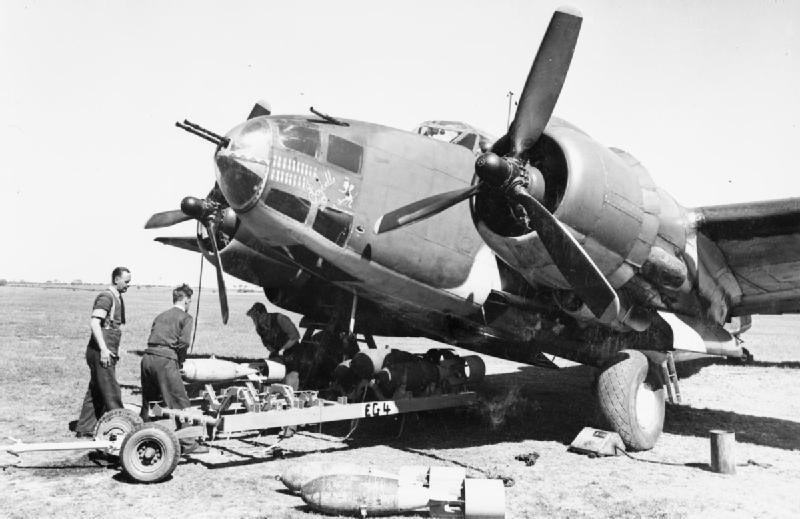
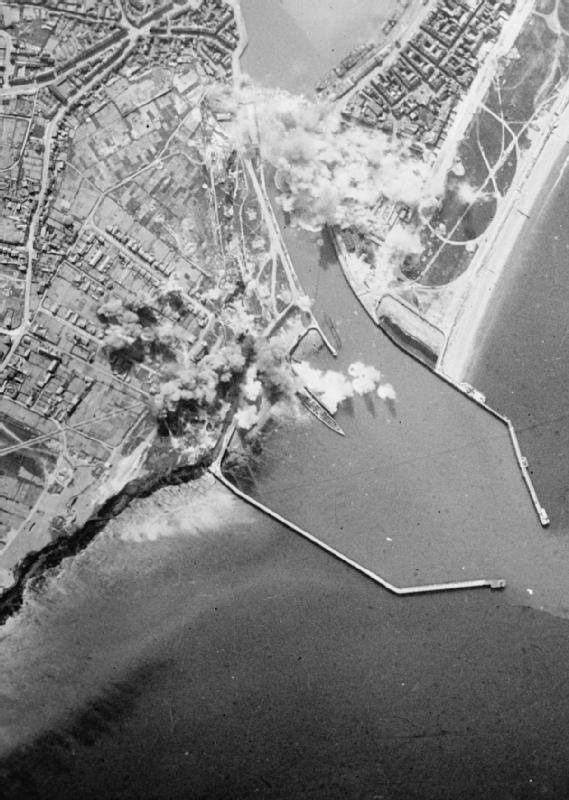

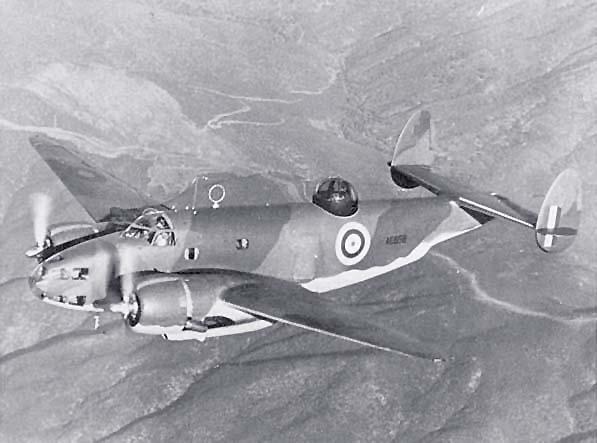
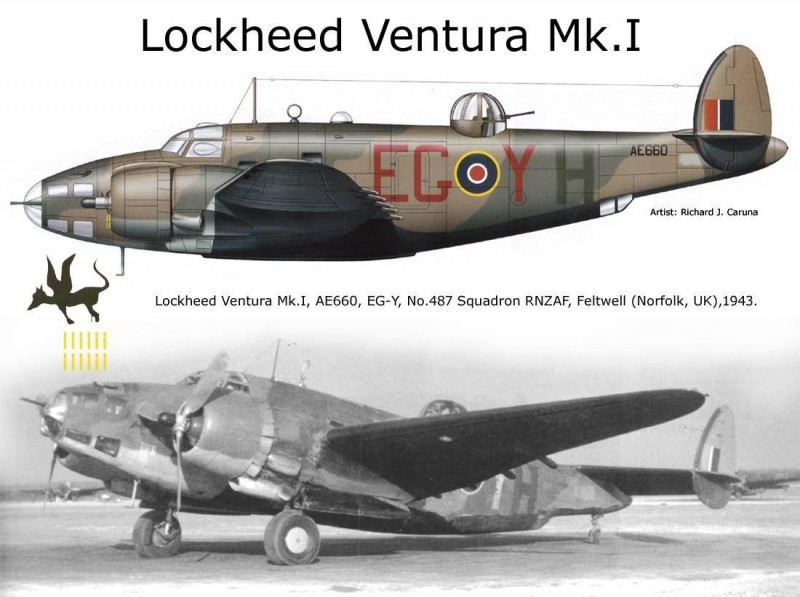
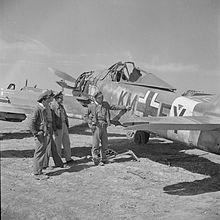
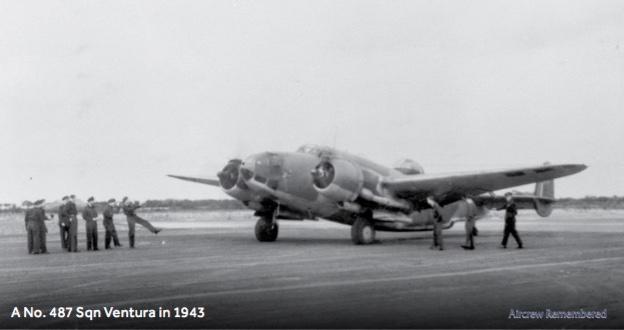
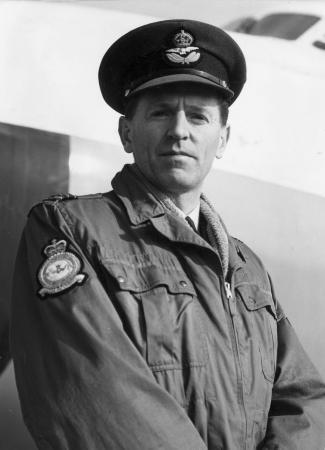

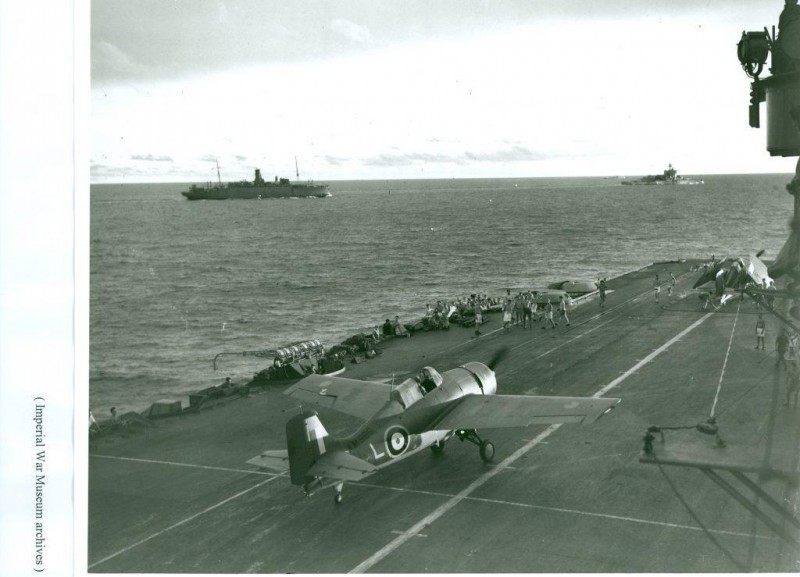
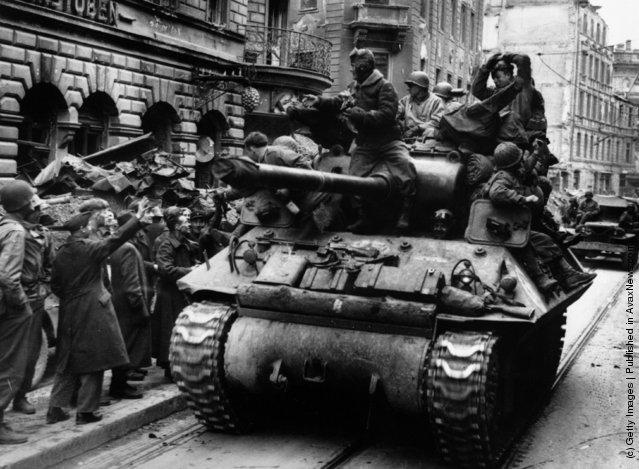

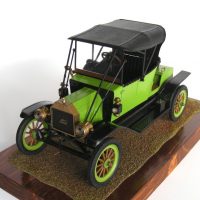
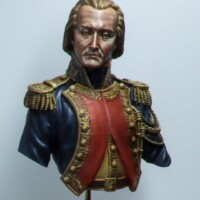

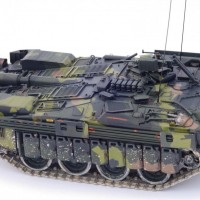
Shark mouth on a PT boat! If only there was a shark mouth on a PT boat in "They Were Expendable".
That PT boat would fit the Teeth & Fang GB nicely !
As I recall, most of the Rubarb sorties between 41/42 were not very successful, strategically and tactically. Losses were often heavier than kills, the medium bombers being easy prey... those pilots had balls of steel
The RAF called it "The Non-Stop Offensive" and the Luftwaffe called it "The Nonsense Offensive." For all that was accomplished an cross-referenced with the losses, the RAF should have sent the Spitfires to Malta and the Desert in 1941, where they could have done some good.
Yes, that PT is a great piece of work...ain’t ever seen one as a model...
When I was a kid I belonged to a mail model club; got a different model every 6 weeks or so in the post. One of them was PT-109, so I can actually say I built one. I don't want you to even imagine what it looked like.
Looks like it's been 4-5 years since anyone has posted one on iModeler...
David, re the PT boats - these might interest you:
Good stuff once again. I had no idea Hudson / Venturas were used over the European continent in WWII...
487 Squadron was very happy at the end of 1942 to get rid of the Venturas and re-equip with Mosquitos.
Tom, after this raid, 487 Squadron could muster only 6 crews and 8 aircraft. aircraft. Th King himself (George VI) visited RAF Methwold to pay his respects to the New Zealand squadron who essential had been nearly wiped out during this attack.
On the move from Ventura to the Mosquito, Pilot Officer Maxwell Sparks said, "The difference was the difference between a three wheel wreck and a F-1 Grand Prix racecar." 487 was made a part of the newly formed ‘140 Wing’ - and were instrumental in another disaster (sorry, “heroic sacrifice”) - the Amiens prison raid.
@tcinla
David, I was just thinking of a comparative analogy when I saw this, only like sending a warrior on a tricycle to face a warrior on a Harley-Davidson.
Another great set of items David. Thanks.